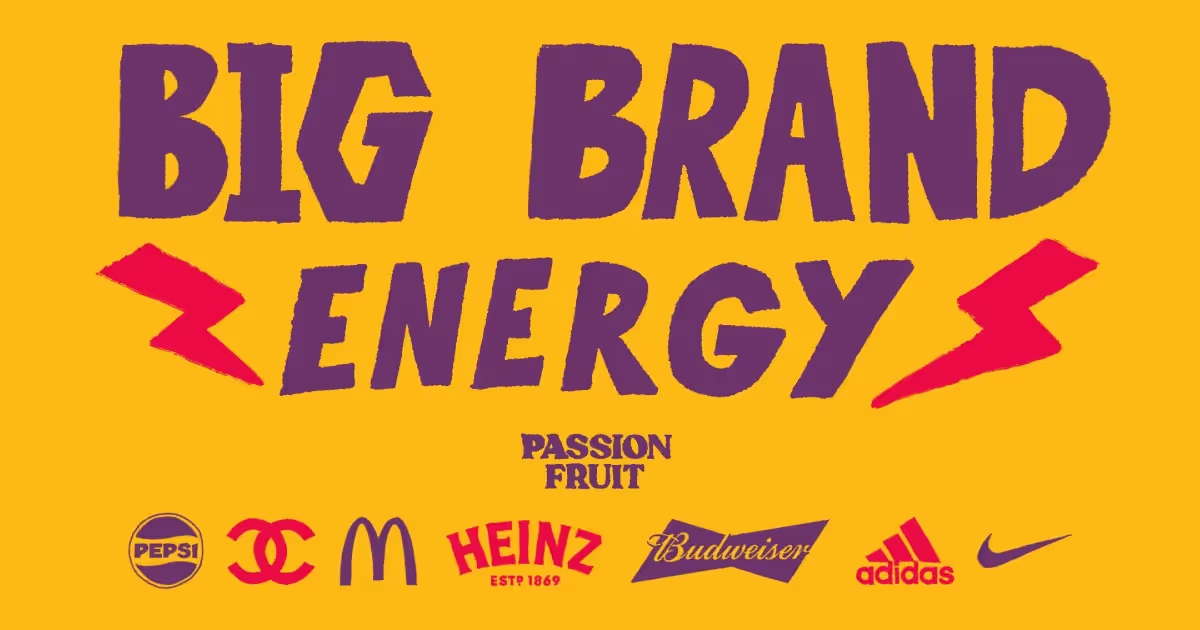The AIDA model
Getting the attention of your potential customers is an important aspect of your marketing strategy… After all, how can people buy from you if they haven't even heard of you? This is why marketers will often use models such as the AIDA model - an acronym for Attention (or Awareness), Interest, Desire and Action; to help them ensure they are effectively appealing to their target customers. The AIDA model highlights the various states potential customers travel through before they actually buy. As such, Attention is the first and one of the most important steps.
B2B vs B2C decision-making
So why is attention important and how is it different in consumer versus non-consumer businesses? There are a few key attributes that differentiate a consumer versus a non-consumer business. Firstly in non-consumer (or B2B) businesses, there tend to be multiple decision makers involved. Perhaps the person that wants to buy the product is a line manager but they need to convince the Finance Director, hence two people need convincing; not one, as is more commonly the case for consumer products.
Further to that, each of these decision makers may have slightly different 'pain points', and as such you need to make sure your messaging addresses both of them, convincing them that you are the right solution to their problem.
Secondly the purchase decision is much slower due partly to the greater cost and careful consideration involved in a B2B purchase.
Both of these points need to be taken into account when considering how to get attention.
In pursuing attention it's worth thinking hard about who exactly it is that you are trying to target and how your product or service will address their problem or 'pain point'. Ask yourself "what keeps them up at night" and make sure you can articulate your product or service in a way that they understand and that clearly addresses the pain point. There are few better ways of doing this than talking directly to them.
Finding your customers' pain point
This is the absolute crux of getting the attention of your potential customers. A common mistake is to assume it's not working too early. You've setup your website, your content, your advertising and your sales team all to talk about what you believe to be a clear set of messages that directly address the pain points that you frequently here described by your customers. And the sales don't flood in. Why is this?
The truth is that people are busy and forgetful. They will encounter a problem but not take steps to fix it because they don't consider it big enough. The problem goes away and they focus on something else. But then the problem comes back and it's slightly more of a pain, so they do some cursory research most likely on Google or asking around. But again they move onto other things until eventually the problem returns with sufficient frequency or pain that they realise they need to deal with it.
The trick is to ensure you are as visible as possible from the very first step so that it is you they think of, not your competitor, when they decide they are ready to take action. So how do you do this?
Plot your customer's journey
It's worth mapping out what you believe to be the typical research behaviour of your customer including typical publications, websites or events that your target customers frequent.
It's a good idea to note these down in a document including comparison or review sites that your target customers may look at when making a purchasing decision. You can look at your competitors and use tools like SEMrush to identify which platforms they are using to drive potential customers to their website. Have a look at their social channels and try to ascertain the level of engagement they are achieving so you can start collecting ideas around how to shape your own strategy.
Become visible at every stage
Once you have done all of this you can start setting about ensuring that you are visible in all of these areas. In some cases you will need to setup advertising campaigns in Google for example ensuring you are able to target people based on relevant searches they are doing for solutions like yours. You will want to make sure you have your company listed in appropriate directories and have a strategy to participate in online and offline forums that attract an audience that matches your target customer profile.
Refine your message
Once you have these basics in place, you should make sure that you have a clear offer that enables you to capture enquiries on your website. There are many tactics you can use to facilitate this such as the use of 'free guides' or assessments that you can offer in exchange for an email address. You should then use 'remarketing' tactics that enable you to maintain a consistent level of visibility for individuals that have expressed some interest in your services. The most common methods are to use digital remarketing campaigns that display adverts and sponsored content to your target customer enabling you to remain front of mind whilst their pain points increase. Email is another effective and low cost way to maintain visibility. Just ensure that your messages speak the language of the customer and help convince them that you are the right solution for them.
The importance of SEO
A final point to make is around the importance of having organic visibility in Google - an area known as SEO (Search engine optimisation). It can get expensive running campaigns and paying for various adverts. The best strategy is one that aims to get you to a place where SEO is the bedrock of your awareness strategy and you are 'topping up' with paid advertising. The advantage of this is that once you have achieved organic visibility in Google, you do not need to pay for the traffic that comes from it. It does however require a long term outlook and an investment that enables you to consistently produce good quality content that is useful to your target customers. By consistently publishing this content to your blog and finding ways to get other websites to link back to you, you will start to become more visible in Google and appear due relevant searches. Visitors will then fall into your digital remarketing campaigns enabling you to maintain consistent visibility whilst the prospect moved towards a purchasing decision.







